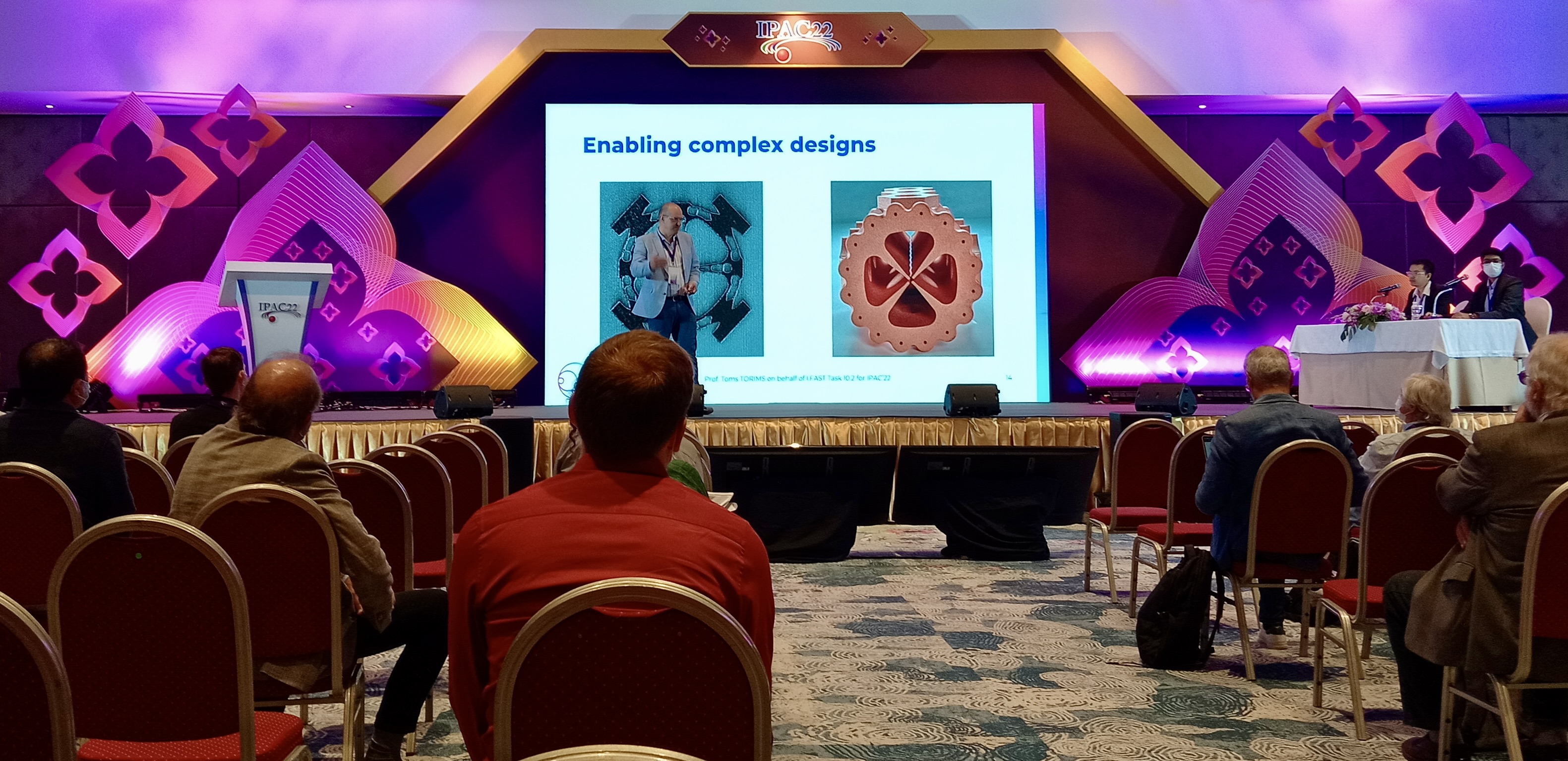In mid-June, the 13th International Particle Accelerator Conference (IPAC’22) was held in Bangkok, Thailand. This prestigious conference, which went online for the last two years due to the coronavirus pandemic, brought together around 800 people from academia, institutes and industry from around the world. On this occasion, this large community was able to exchange and present its advances on a varied number of accelerator technologies: from circular and linear colliders to hadron accelerators, from beam dynamics and instrumentations to applications of accelerators, technology transfer and industrial relations, etc.
The I.FAST project, which is one of the driving forces for accelerator innovation in Europe, was the source of several talks and posters that attracted a lot of interest during the conference. As many as four oral presentations were stemming from the I.FAST innovative activities: Frank Zimmermann (CERN) presented his considerations on the Impact of Longitudinal Gradient Dipoles on Storage Ring Performance, Mike Seidel (PSI) gave a remarkable presentation on improving the efficiency of particle accelerators, and Toms Torims (Riga TU) presented the worldwide first full RFQ prototype built by additive manufacturing.
Additionally, I.FAST was showcased in the industry session by its Coordinator, Maurizio Vretenar, as a major example of co-innovation with industry. The opportunity was given by a panel discussion about the collaboration among industrial, governmental, and academic institutions. “Industry plays a key role in the accelerator innovation ecosystem. Projects like I.FAST must work on establishing a broad open innovation ecosystem around accelerator-based research infrastructures, providing accelerator science with the tools to face its next challenges”.
Additionally, the talks on Muon Colliders from Daniel Schulte, and the one on High-efficiency klystrons, by Nuria Catalan Lasheras, presented achievements directly connected to I.FAST activities.
For more information:
- F. Zimmermann, Impact of Longitudinal Gradient Dipoles on Storage Ring Performance, link.
- M. Seidel, Towards Efficient Particle Accelerators - A Review, link.
- T. Torims, Evaluation of Geometrical Precision and Surface Roughness Quality for the Additively Manufactured Radio Frequency Quadrupole Prototype, link.
- M. Vretenar, A new role of industry in the accelerator innovation ecosystem, Industry session, link.
- All papers and talks are available here.

